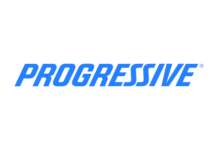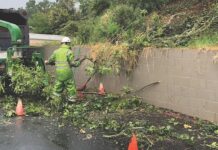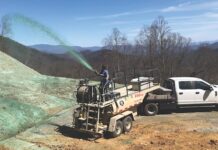By most estimates about 11 million individuals are in the U.S. without proper authorization. We refer to them by many names, including undocumented immigrants, illegal aliens or illegals, a term I’ll use for the sake of convenience. A Pew Research Report of Feb. 1, 2011, claimed that about 8 million illegals are in the U.S. workforce. My research suggests neither number has changed much since publication of that report.
The presence of so many illegals residing and working in the U.S. is a huge issue on many levels, too many in fact to list in this short column. For that reason, I’ll use the precious space I have on this page to address the issue of illegals in the U.S. workforce, specifically the green industry workforce, its two largest components being plant production (nurseries and turf seed/sod) and property services.
The green industry, as a whole, remains largely (too much so?) dependent upon unskilled and semi-skilled labor. Much of this labor is provided by immigrants, specifically Spanish-speaking immigrants. To legally work in this country, immigrants must provide employers with documents showing they are authorized to work here. The U.S. government doesn’t expect employers to be experts on forged documents, so employers take these documents at face value if they appear to be legitimate.
But is that enough? Arguments (and emotions) run strong on both sides of the issue of how much employers must do to guarantee their employees are “legal.”
One of the tools available to employers to use to determine this is E-Verify, an Internet-based system that compares information from an employee’s Form I-9, Employment Eligibility, to data from U.S. Department of Homeland Security and Social Security Administration records to confirm employment eligibility. E-Verify is not a new program, having been born by the Illegal Immigration Reform Act of 1996.
E-Verify is free and it verifies employees’ data against millions of government records very quickly. The government says that more than 500,000 U.S. employers are now using E-Verify, and that 1,400 companies are joining the program weekly.
Even though E-Verify is administered by federal agencies, it remains largely a voluntary program—at least in about half of U.S. states, including populous states such as California, Illinois and Ohio.
Eight southern states and Utah require that “all or most employers” use E-Verify when making new hires. Another six states mandate that all public employers and/or contractors use E-Verify, while several states require it of public employers or contractors only. Local governments (municipal and county) in Michigan, New York, Oregon and Washington similarly require any company providing services to public projects use the program.
Any major push to make E-Verify the law of the land on a national level (perhaps as part immigration reform, assuming Congress ever agrees on a workable bill) would almost certainly meet with bitter opposition from many different directions—from industry groups to states rights proponents. Presently, there appears to be little appetite by Congress to move decisively on immigration reform, never mind tinker with E-Verify, which the government trumpets as one of its most successful programs.
Even so, it’s difficult not to speculate what the impact of the growing acceptance and use of E-Verify by employers, or the possibility (as unlikely as it seems) of it ever being implemented on a national level would have on the 8 million or so illegals working in our country—or, in our green industry.
Do you use E-Verify? If you don’t use it, why not? Let me know.




























![[VIDEO] Dickies®: Discover Workwear That’s Anything But Uniform](https://turfmagazine.kinsta.cloud/wp-content/uploads/2023/06/1647663814-4b1a2a7742790a9b1e97a3b963477850192e1d6a9dfba9b07214a77bae25d6e3-d-324x160.jpg)


